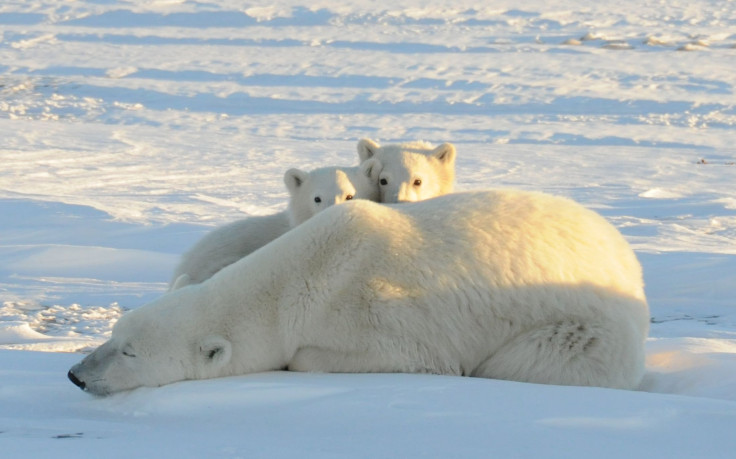New Study Says Arctic Ice Melt And Extreme Weather Conditions In US, Europe Linked

Extreme and erratic weather conditions, such as worsening heat waves, cold snaps and downpours in the U.S. and Europe, could be linked to Arctic ice melt, scientists said on Sunday.
The new study published in the journal “Nature Climate Change,” warned of increasingly extreme weather across "much of North America and Eurasia where billions of people will be affected,” Reuters reported. The new findings have further roiled a debate on the impact of global warming on climate change, as international scientists and studies differ significantly on whether human-caused global warming is responsible for climate change or not.
"The study contributes to a growing body of evidence that ... the melting Arctic has wide-ranging implications for people living in the middle latitudes," lead author Qiuhong Tang of the Chinese Academy of Sciences, told Reuters.
According to the study, scientists from the U.S. and China have found evidence that the Arctic thaw of snow and ice, and extreme weather in places such as the U.S. and Europe, are linked. The study said that changes in Arctic ice patterns have slowed the eastward movement of winds and weather systems providing more time for extreme weather to develop in lower latitudes, citing examples of a heat wave in Russia in 2010, droughts in the U.S. and China in 2011 and 2012, and heavy floods in the UK in 2012, according to the Reuters report.
But, scientists said they could not conclusively say that melting of snow on land and sea ice in the Arctic were responsible for extreme weather, or vice versa. The findings have intensified a debate on the causes and role of global warming and its impact on changing weather patterns across the globe, with several experts dubbing the evidence in the new study as inconclusive and statistically insignificant.
The new study, part of an effort by different governments to understand how climate change affects the frequency of extreme weather patterns, complements the United Nations’ Intergovernmental Panel on Climate Change, or IPCC, report released in September, which said that most global warming since 1950 can be attributed to human activity.
According to a U.N. report, Arctic sea ice shrank to a record low in 2012 and its panel of scientists warned that if the trend continues then the North Pole could lose its ice and snow cover by 2050, leading to severe climate change around the globe.
However, some other scientists disagree with the U.N.'s findings and argue that weather changes could be due to other factors including changes in sea temperatures and cyclical changes, and their impact on the global climate and human population could be negligible. Pointing to independent studies released in recent months, which showed that the Antarctic ice layer is steadily increasing, critics accuse U.N. scientists of raising a false alarm over the perils of global warming.
A NASA report, released in late October, showed that the annual thinning of the protective ozone layer in the Earth’s stratosphere over Antarctica, was slightly smaller than average this year, compared to its size in recent decades.
A separate report, released in September by a nongovernmental International Panel on Climate Change, or NIPCC, had found that "no empirical evidence exists to substantiate the claim that 2°C of warming presents a threat to planetary ecologies or environments" and no convincing case can be made that "a warming will be more economically costly than an equivalent cooling.”
© Copyright IBTimes 2024. All rights reserved.






















